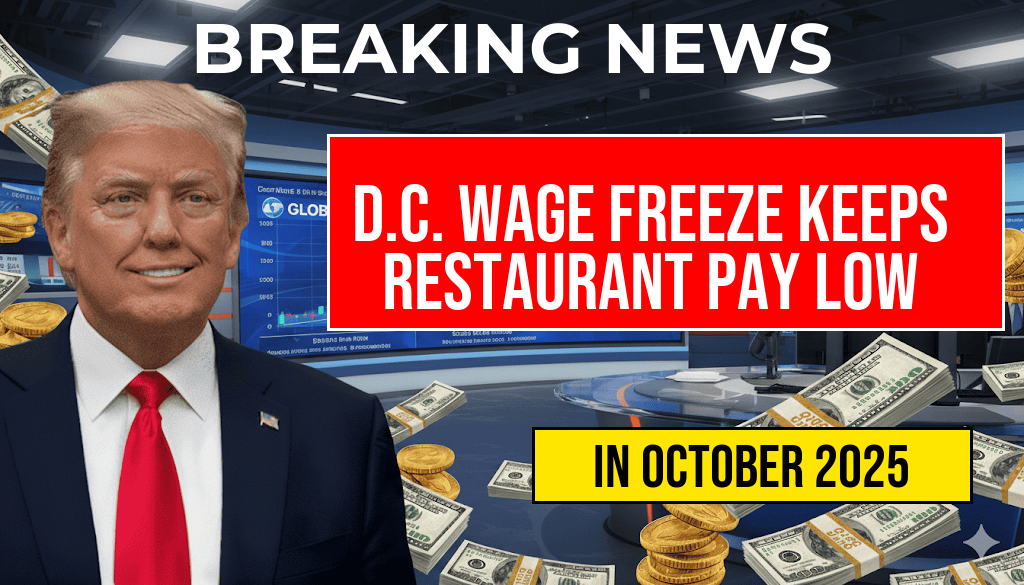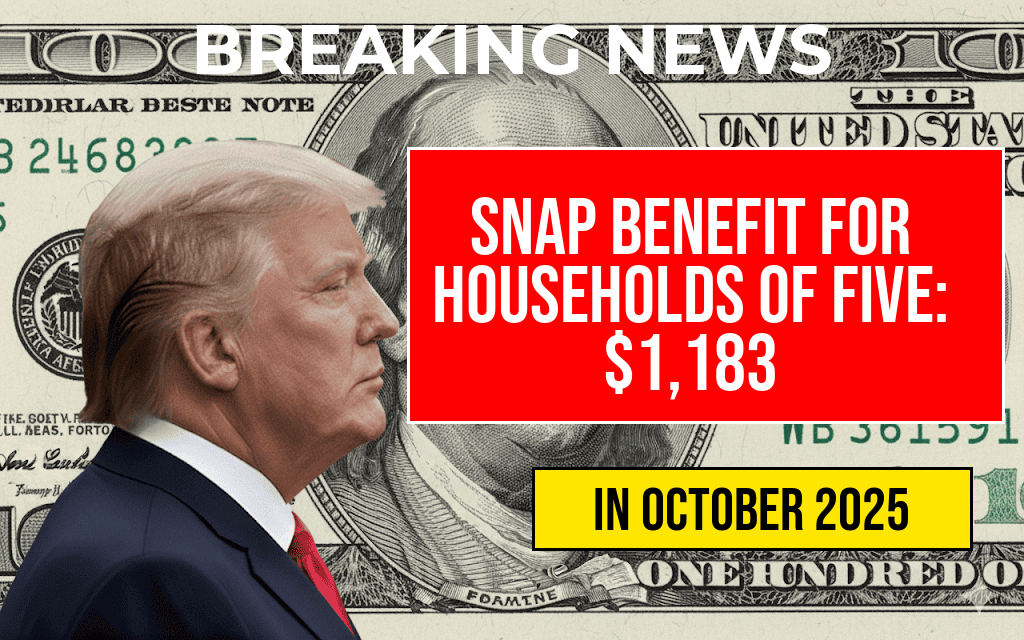With just two weeks remaining until the expiration of additional federal funding for the Women, Infants, and Children (WIC) program, families across the United States are grappling with potential budgetary shortfalls that could range from $26 to $78 each month. This impending financial strain comes at a critical time as grocery prices continue to rise, exacerbating the challenges faced by low-income households. The shortfall is attributed to the loss of temporary benefits that were implemented during the COVID-19 pandemic, which aimed to support vulnerable populations during a time of heightened economic uncertainty. As the countdown to the funding cutoff looms, many families are left wondering how they will adjust their grocery budgets to accommodate the changes.
Understanding WIC and Its Impact
The WIC program is a vital resource for low-income pregnant women, new mothers, and young children, providing access to nutritious food, education, and healthcare referrals. Originally designed to improve maternal and child health, WIC has played a crucial role in addressing food insecurity among families. However, the program has faced significant challenges in recent years, including increased demand and funding limitations.
Recent Changes to WIC Benefits
During the pandemic, the federal government authorized temporary increases to WIC benefits, allowing families to purchase more nutritious foods. These enhancements included:
- Increased dollar amounts for fruits and vegetables
- Expanded eligibility for more food items
- Streamlined application processes
As the pandemic-related benefits are set to expire, families will revert to previous benefit levels, which many experts argue are insufficient to meet current grocery prices. The USDA reports that food prices have surged, with inflation rates affecting staples such as milk, eggs, and produce.
The Financial Implications
For families relying on WIC, the loss of these enhanced benefits means a significant adjustment to their grocery budgets. According to research from the U.S. Department of Agriculture, the average monthly shortfall is projected to be between $26 and $78, depending on the state and specific circumstances of each family. This reduction could lead to difficult choices about what to purchase, with many families likely to cut back on fruits and vegetables in favor of cheaper, less nutritious options.
Community Responses and Resources
Community organizations are stepping in to help mitigate the impact of these changes. Food banks and local charities are gearing up to provide additional support as families brace for a tight budget. Some of the resources available include:
- Emergency food assistance programs
- Nutritional workshops to maximize food budgets
- Partnerships with local grocers for discounted produce
Organizations like the Feeding America network are working tirelessly to ensure that families have access to nutritious food despite the challenges posed by the impending WIC benefit reductions.
Looking Ahead
The countdown to the end of enhanced WIC benefits highlights a broader conversation about food security in the United States. Advocates are urging lawmakers to consider extending these benefits or implementing new measures to support low-income families facing inflationary pressures. The situation underscores the importance of ongoing discussions around nutrition assistance programs and the need for sustainable solutions to combat food insecurity.
Conclusion
As the expiration date of enhanced benefits approaches, families are feeling the weight of uncertainty regarding their grocery budgets. With essential WIC support set to diminish, the potential for increased food insecurity looms large, prompting many to seek alternative resources to bridge the gap. The coming weeks will be crucial for families as they navigate these changes and advocate for necessary support.
Frequently Asked Questions
What is causing the $26–$78 monthly shortfall in grocery budgets?
The $26–$78 monthly shortfall in grocery budgets is primarily due to rising food prices and inflation, which have made it increasingly difficult for families to afford essential items. Additionally, the impending end of certain WIC benefits is intensifying financial pressures on low-income households.
How does the WIC program impact grocery budgets?
The WIC program (Women, Infants, and Children) provides essential support to low-income families by offering vouchers for nutritious foods. As the countdown to the end of these benefits approaches, many families are facing an increased shortfall in their grocery budgets, making it challenging to maintain a healthy diet.
What can families do to manage their grocery budgets during this shortfall?
Families can manage their grocery budgets by planning meals, using coupons, and purchasing in bulk. Additionally, seeking assistance from local food banks and community resources can help alleviate some of the financial burdens they are experiencing.
When will the WIC benefits end?
The WIC benefits are set to end in two weeks, which is causing concern among families who rely on this support for their grocery needs. It is essential for families to prepare for this change and explore alternative resources.
Are there any alternatives to WIC for families facing a budget shortfall?
Yes, families facing a budget shortfall can explore alternatives such as SNAP (Supplemental Nutrition Assistance Program), local food pantries, and community meal programs. These resources can provide additional support to help bridge the gap left by the end of WIC benefits.






